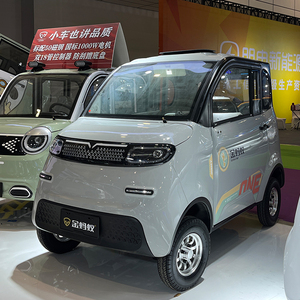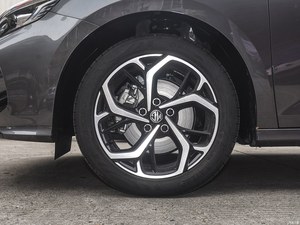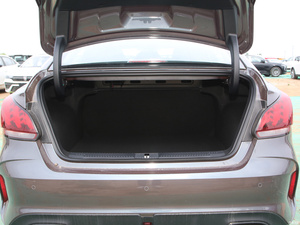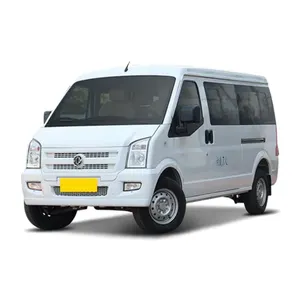(739202 products available)

































































































































































































































Cars are vehicles with wheels that are designed for the transportation of people. Cars are also called automobiles. There are different types of cars, and they include the following:
Electric Cars
Electric cars are automobiles that are powered by electricity. They have a battery that is used to store energy, and this energy is used to power the electric motor. Electric cars give a better driving experience because they offer a quick and smooth acceleration. They are also environmentally friendly because they do not emit any form of pollution or greenhouse gases. Electric cars also have lower operating and maintenance costs compared to gas-powered cars.
Hybrid Cars
Hybrid cars are automobiles that combine a gas-powered engine and an electric motor together. The electric motor and gas engine work together to offer a better fuel efficiency and lower emissions compared to the traditional gasoline-powered cars. Hybrid cars also have regenerative braking, which helps to recharge the battery by converting the kinetic energy into electrical energy.
Luxury Cars
Luxury cars are automobiles that offer comfort, performance, and high-quality features. They are designed with high-quality materials and equipped with advanced technology, safety, and entertainment features. Luxury cars also offer high performance, which is achieved by having a powerful engine. Some luxury cars include Bentley, Rolls Royce, and Mercedes Benz.
SUV
An SUV, which is an abbreviation for a sports utility vehicle, is a car that is designed with a raised ground clearance. SUVs have powerful engines, which makes them suitable for off-road driving. They also have a larger trunk space, which can be used to carry a large load. SUVs can accommodate more passengers compared to other standard cars. Some of the features of an SUV include a four-wheel drive system, roof rails, and an adjustable trunk floor.
Crossovers
A crossover is a type of car that combines the features of a car and an SUV. Crossovers are designed with a tall body like an SUV, and they have a larger trunk space and ground clearance compared to standard cars. Crossovers are built on a car platform, which makes the handling and driving experience to be better. Some of the features of crossovers include a spacious interior cabin, a cargo area, and higher safety features.
The following are the specifications of general car parts:
Car battery
It is in the boot of the car. The battery is what powers the car to start. The battery has a life span of three to five years. To maintain it, one has to drive regularly, clean the battery terminals, and do battery load tests.
The engine
The engine is the heart of the car. It is responsible for the power of the car. For the engine to work, it needs oil and fuel. The engine needs to be maintained by having regular oil changes, keeping the engine clean, and following the manufacturer's service schedule.
The tires
The tires are what make the car move. The tires are inflated with air and have treads for grip on the road. They need to be maintained by checking the pressure regularly, rotating the tires, and replacing them when worn out.
The transmission
The transmission is what delivers power from the engine to the wheels. It can be automatic or manual. Maintenance is done by having regular fluid changes and keeping the transmission clean.
Brakes
The brakes are what stop the car. The brakes are made up of brake pads, brake discs, and brake fluid. The pads and discs need to be replaced after some time. Maintenance is done by checking the brake pads and brake discs.
Suspension
The suspension keeps the tires on the road. It absorbs bumps on the road. It is made up of shock absorbers and springs. Maintenance is done by checking and replacing the springs and shock absorbers when damaged.
The alternator
The alternator is what charges the battery while driving. Maintenance is done by checking the belt that drives the alternator to see if it is loose.
Consider the car's make, model, and year:
Business buyers should consider the car's make, model, and year. This is because, for some models, they may need to order parts that are not readily available. They also need to ensure that the accessories are compatible with the cars.
Prioritize quality and durability:
Business buyers should prioritize the quality and durability of car accessories. This is because they will need accessories that can withstand frequent use or tough conditions.
Think about the accessories' usefulness:
Business buyers need to think about the usefulness of the accessories. For example, they may need GPS systems for navigation, roof racks for cargo, or trailer hitches. They should make a list of the essentials before shopping.
Evaluate the aesthetic impact:
Business buyers should evaluate the aesthetic impact of the accessories. For example, they may want to choose accessories that match the car's color or enhance its appearance.
Check the installation requirements:
Business buyers should check the installation requirements of the car accessories. They should make sure that they can install them easily or that they come with instructions and all the necessary tools.
Consider the maintenance and care:
Business buyers should consider the maintenance and care of the car accessories. They should choose accessories that are easy to clean or require little maintenance.
Compare prices and value:
Business buyers should compare prices and value when buying car accessories. They should look for deals, discounts, or bulk purchase offers.
Research customer reviews and recommendations:
Business buyers should research customer reviews and recommendations for car accessories. This helps them learn about the experiences and opinions of other users.
Check the warranty and after-sales service:
Business buyers should check the warranty and after-sales service of the car accessories. They should choose suppliers that offer a good warranty and reliable after-sales service.
Many factors affect the DIY process of car accessories for interior space. This includes the type of car accessory, the complexity of the installation process, and the DIYer's skill level. Here are some general steps that will help in the DIY process:
Some car accessories are easy to install, such as car phone holders, seat covers, and floor mats. Others may require professional installation, such as car speakers and subwoofers.
Q1: Why do people raise their cars?
A1: Car lifts are used by people who want better clearance for off-road driving, a more aggressive aesthetic, or both. A lifted car can drive over obstacles that would bottom out a standard car without damage.
Q2: What is the difference between lifting and leveling kits?
A2: Lifting kits raise the vehicle's front and rear ends. Leveling kits are applied to the front of the car only. A leveling kit raises the front of the car to match the height of the rear.
Q3: Do lifting kits affect fuel efficiency?
A3: Yes. A lifted car will use more fuel because the increased height affects the vehicle's aerodynamics. Larger tires fitted to the lifted car can also lower fuel efficiency, although the effect will vary depending on the tire size.
Q4: Can a car be lifted without a kit?
A4: Yes. Other methods include installing taller springs or spring spacers, adjusting the torsion bars, or using bigger tires. However, a lift kit is a long-lasting and reliable solution.
Q5: Do lifted cars handle better on the road?
A5: No. Lifting a car can negatively affect its on-road handling. The higher center of gravity increases the risk of rollovers, and the larger tires can make the steering feel heavy.